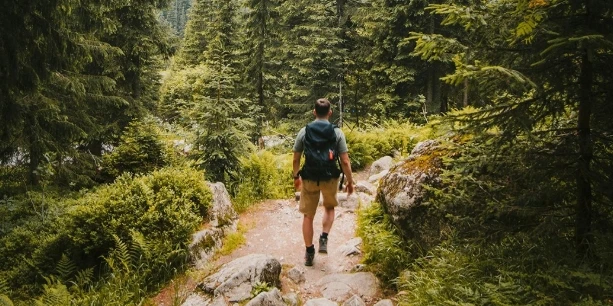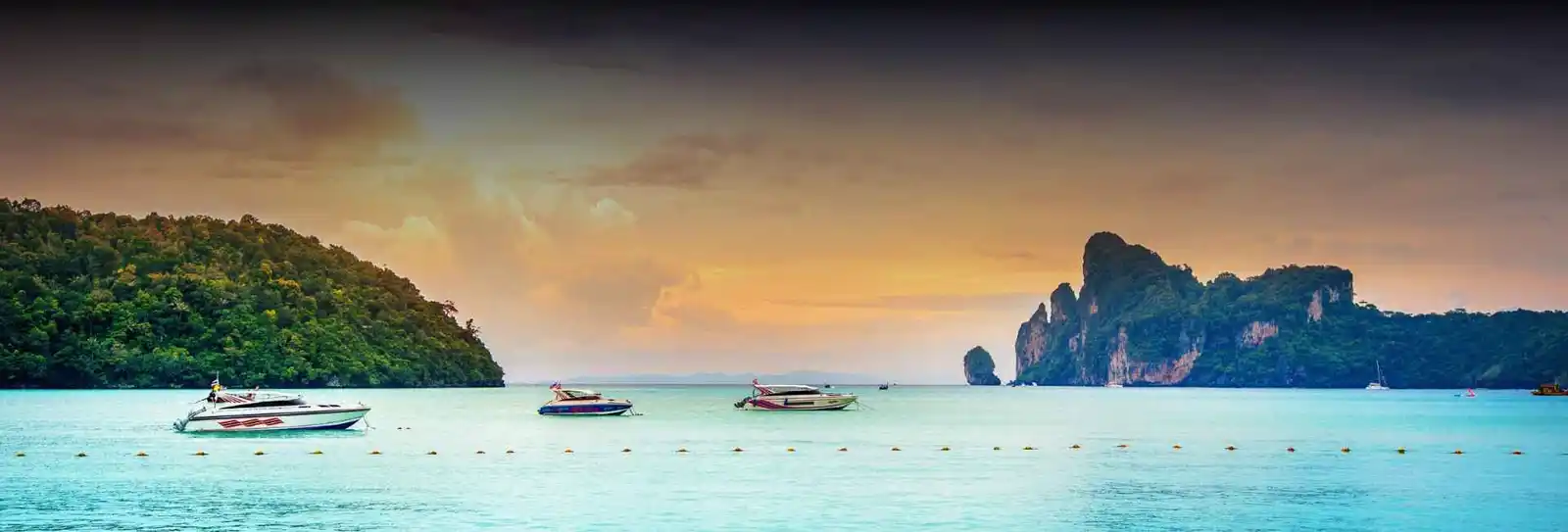
Selecting clothing that is comfortable, safe and functional when you plan a trek is important. Because the time of year can vary so greatly, weather can differ somewhat dramatically, and you may also want to outfit yourself functionally, interchangeably and appropriately based on the terrain. This article will outline what your potential clothing items could be for a summer trek, a winter trek, a monsoon trek and a spring and autumn trek, including base layers through to accessories. You could face sun, snow, rain and/or warm and cold weather. These suggestions can help you with smart packing and be confident in the trekking conditions of every season.1. Spring trekking clothing (Approx. March to May)Spring trekking is usually very pleasant as it tends to be warm during the day and cooler at night. It is always best to start with a weightless base layer with moisture-wicking properties. A lightweight base layer shirt with trekking pants that can also convert to shorts will be great in spring, as it also tends to be quite cooler than summer. In terms of an exterior layer, a lightweight fleece, soft-shell jacket, scarf, and gloves should keep you comfortable. Take a small, wide-brimmed hat for sun protection and a good-fitting pair of sunglasses for any trek.Things to consider: Layering due to changing temperaturesBase Layer: long-sleeved moisture-wicking shirt to protect you from UV rays and gnatsMidlayer: light fleece or fleece pulloverOuter Layer: a windproof jacket (the morning/evening can be cool)Bottoms: pants - convertible trek pants (shorts and full length)Footwear: trekking boots for varying terrain + breathable socksAccessories: Cap, buff, sunglasses2. Summer Trekking Kit (June to August)In summer, especially at altitude and during monsoon treks, your clothing should allow your skin to breathe and be quick-drying. The aim is to wear clothes that actively wick moisture away from your skin, this as polyester or merino wool t-shirts, trekking pants which promote quick drying and repel water, and a waterproof jacket for the rain. If it hasn't become obvious already, you are going to want to purchase a poncho or a rain cover for your backpack as well. If you are going to an area with high humidity, please avoid wearing cotton clothing. Cotton holds sweat, so when the temperature cools off at night, any evaporating moisture will lead to chafing or hypothermia!Important factors to remember: Breathability, sun protection & lightweight layersBase Layer: Moisture-wicking t-shirt (never cotton) - polyester or merino woolBottoms: Lightweight, quick-dry trekking pants or trekking shortsFootwear: Breathable hiking shoes or boots + moisture-wicking socksSun Protection: wide-brim hat/cap, UV sunglasses, SPF 30+ sunscreen, light scarf or buffOuterwear: light windbreaker or rain jacket (as downpours are common!)Backpack: hydration pack, electrolytes, insect repellent.3. Autumn/Fall Trekking Clothing (September to November)Autumn is a very favourable trekking season due to fairly stable weather patterns and very nice views. Use layers (moisture-wicking base layer, warm fleece mid-layer, and a lightweight insulated/windproof jacket). Consider wearing long pants and gaiters if you plan on hiking out on dry, dusty trails. If hiking in high-altitude areas, you may want to bring gloves and a lightweight beanie as well.Things to consider: Layering due to changing temperaturesBase Layer: long-sleeved moisture-wicking shirt to protect you from UV rays and gnatsMidlayer: light fleece or fleece pulloverOuter Layer: a windproof jacket (the morning/evening can be cool)Bottoms: pants - convertible trek pants (shorts and full length)Footwear: trekking boots for varying terrain + breathable socksAccessories: Cap, buff, sunglasses4. Winter trekking gear (Body Gear for Winter Trekking - December to February)Trekking in winter requires a more technical approach to clothing. The key to dressing for cold weather is layering: A thermal base layer with thermal underclothes, down or fleece insulating mid-layer, a windproof, waterproof outer shell and insulated trekking pants or thermal leggings under your regular trek pants. Add in other items like warm gloves, woolen hat, neck gaiter and wool blend socks. Use waterproof boots that are crampon-compatible when trekking in snow.A few points to focus on: layering, insulation & weather resistance.Base Layer: Thermal innerwear (top and bottom) to keep body heat in.Mid Layer: Insulated fleece or down jacket for insulated warmth.Outer Layer: Waterproof & windproof jacket & pants.Bottoms: Thermal leggings under trek pants or insulated trousers.Footwear: Insulated, waterproof boots + woollen socks (extra pairs in pack just in case).Accessories: Woollen gloves, neck gaiter, beanie and sunglasses (for snow glare).Must-haves in your backpack: hand warmers, lip balm and energy snack bars.5. Footwear Guidelines for All SeasonsRegardless of the season you plan to trek in, remember to purchase a sturdy pair of trekking shoes that provide good ankle support and grip. In summer and spring, breathable shoes will help you avoid getting blisters, and in winter and monsoon trekking, waterproof boots are essential. It is always advisable to break your shoes in before the trek so you don’t end up with blisters!6. Accessories You Should GetSunglasses with UV protection, a sun hat/beanie, trekking poles, and a head lamp. All these accessories are useful year-round. Sunscreen and lip balm are essential to avoid sunburn and chapped lips, especially at the altitudes. Layered gloves (inner liner plus outer waterproof) are best for cold-region treks.7. Packing Guidelines for Smart LayeringUse the “three-layer rule”: base layer (moisture-wicking), mid-layer (insulation), outer layer (weather protection). These layers allow you to adapt to constantly changing conditions. Pack extra socks and undergarments, and at least one set of dry clothes in a waterproof bag; that is, that’s the smart way to hike!Why Book with escape2exploreWhen exploring India from Bengaluru and beyond, escape2explore stands out as a trusted name in adventure and experiential travel. Here’s why hundreds of travellers choose us for their getaways:Trusted, Well-Reviewed Local Operator: escape2explore has gained the trust of thousands of content tourists all over India. With persistent positive feedback and an unblemished reputation for delivering quality experiences, we assure you that your experience will be hassle-free, memorable, and value-packed. Our insider local knowledge guarantees that you will always be in safe hands.Seasoned Guides: Our trips are led by friendly, trained, and professional guides who are passionate about the outdoors and your safety. Whether it's a beach trek, a cultural tour, or a spiritual walk through temples, our team knows the terrain, the stories, and how to make each moment count.Safe & Curated Itineraries: Your safety is our number one priority. Our tour packages are thoughtfully crafted with safety measures, researched accommodations, and easy travel arrangements. We take care of the details so you can have the experience hassle-free and worry-free.Unique Experience That You Won't Find Anywhere Else: With escape2explore, you discover more than the tourist attractions. We go off the beaten track with hidden beaches, unusual treks, offbeat cultural destinations, and true interactions.Read: Top 10 Things to Do in Chikmagaluru |Summer Treks in India |Adventure Accors India|Kabini Safari| Monsoon Treks in India


